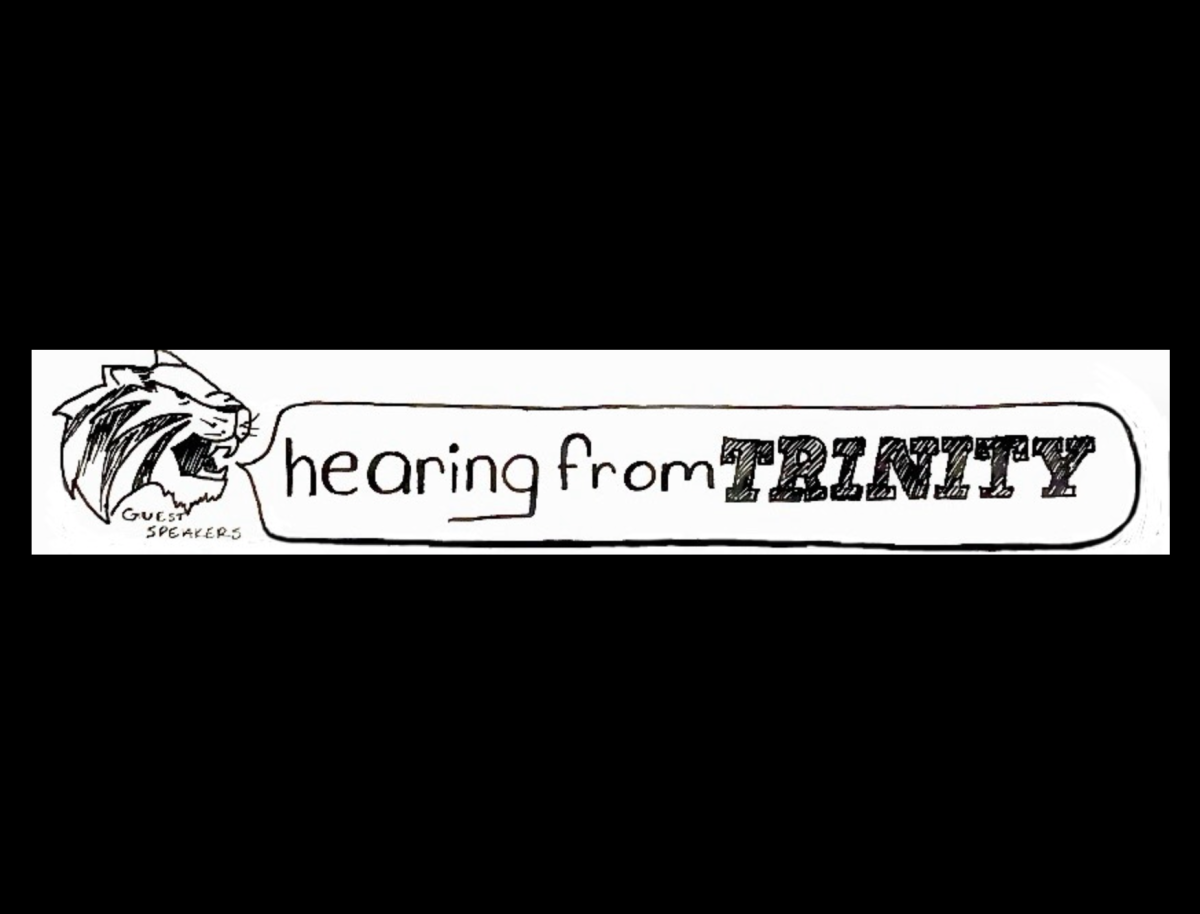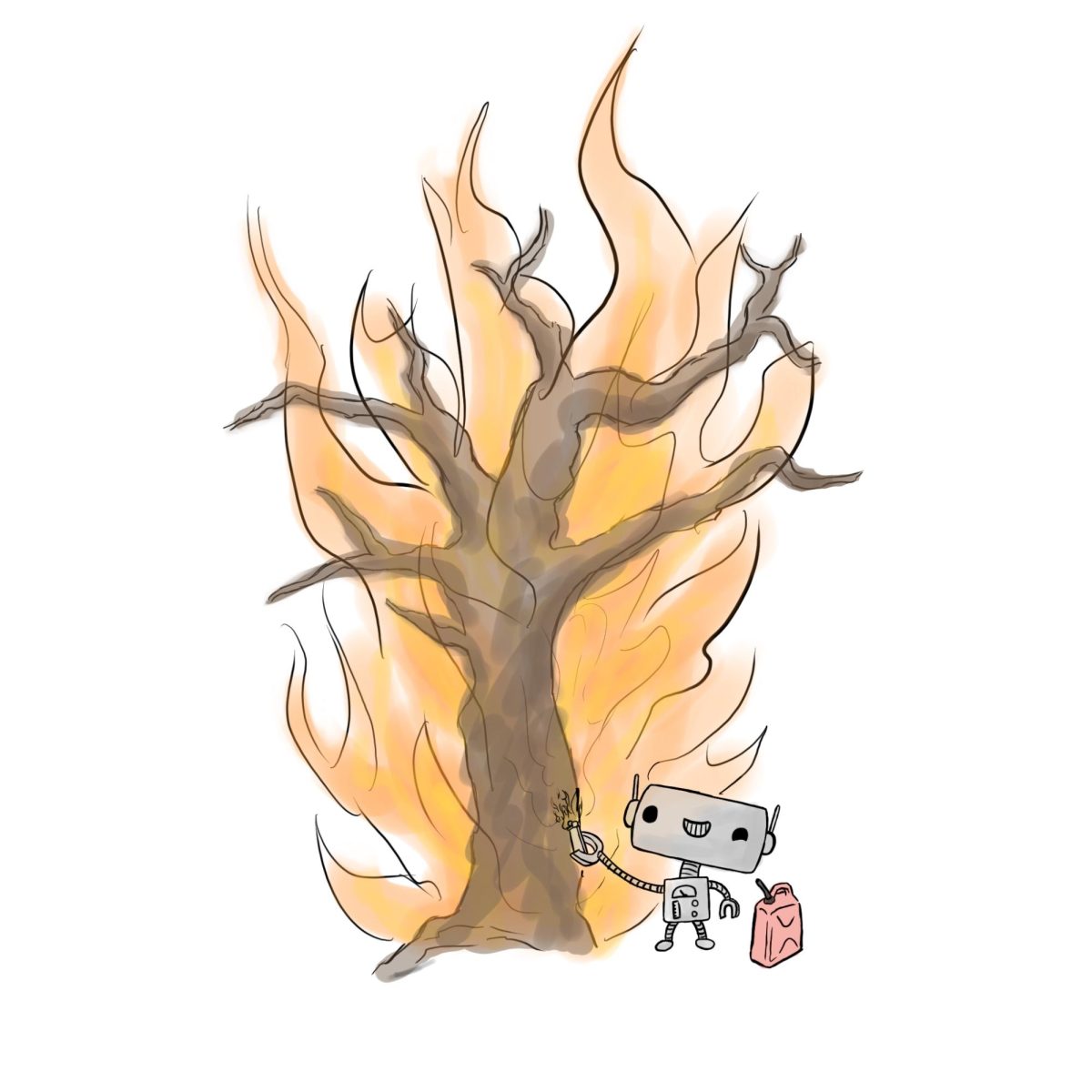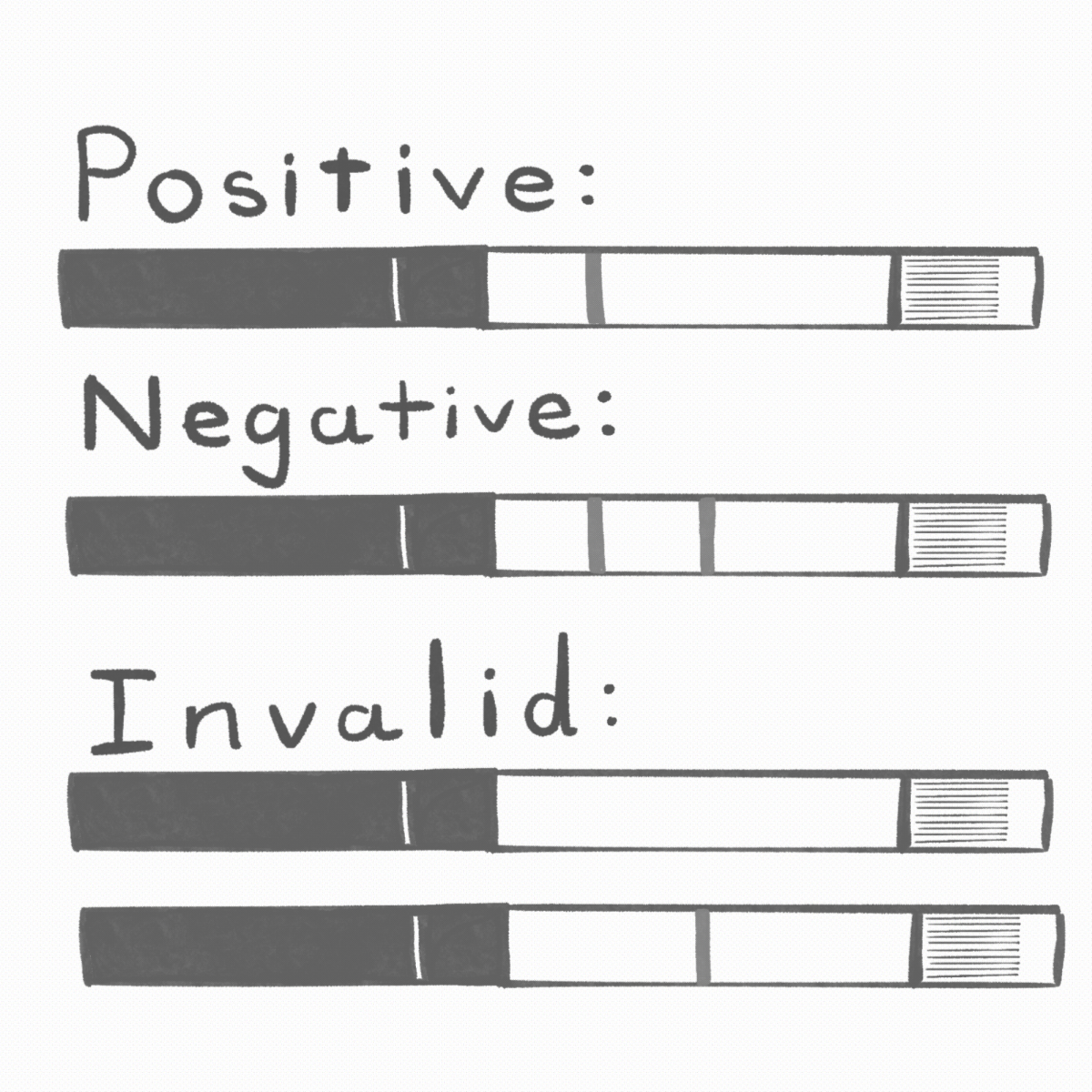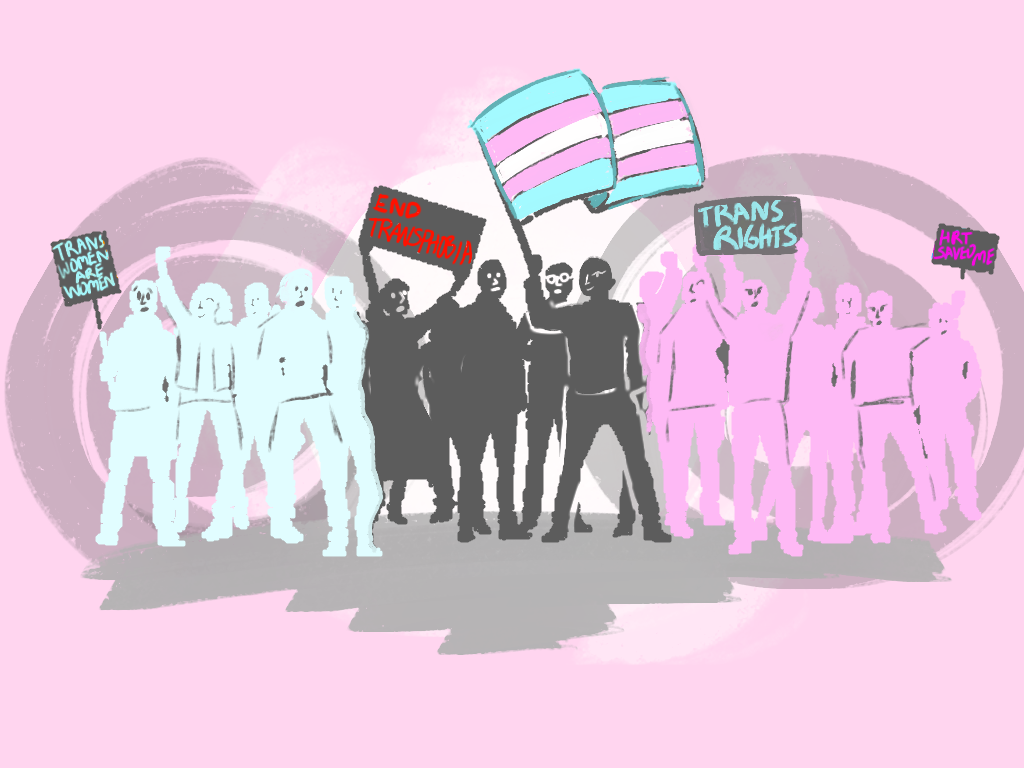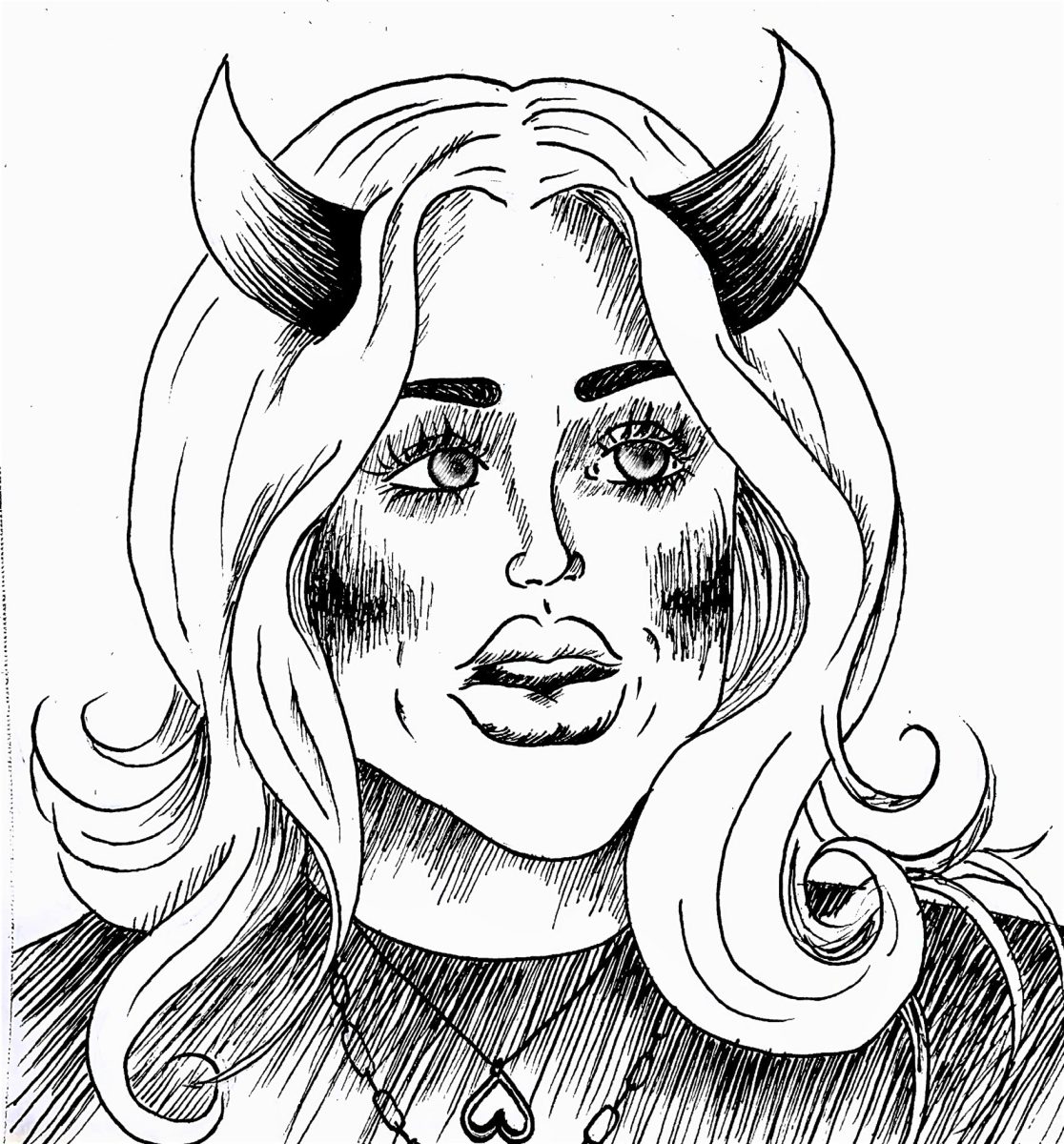Ray Rice. Adrian Peterson. Jerry Jones. Jim Irsay. Daniel Snyder. Domestic violence. Child abuse. Sexual assault allegations. Driving under the influence of oxycodone and hydrocodone. Racist mascot.
To say the National Football League has an image problem is an understatement. Some say the NFL has a violence problem, while others argue it is simply a microcosm of society.
The trending topic on #AskTingleTU focused on my advice to NFL Commissioner Rodger Goodell for how he should handle the Ray Rice situation. I thought long and hard about what to write and have decided that there’s not much in the way of advice I could offer Mr. Goodell.
The situation was handled so poorly on so many different levels by so many different people that, quite frankly, the only advice I could give the commissioner would involve a DeLorean and flux capacitor.
And since he clearly can’t go back to the future (and unfortunately I can’t unwatch the Ray Rice video), I’ve decided to take a step back and write about corporate culture.
An organization’s culture consists of shared beliefs, expectations, work routines, behavioral norms and guiding values. Organizations with strong cultures are those with an identifiable set of values and whose members make consistent decisions based upon those said values.
Strong cultures avoid dysfunction by encouraging positive workplace behavior and making decisions that are in the best interest of the entire organization. You might even say they are benevolent.
Leadership and teamwork expert Patrick Lencioni addresses workplace dysfunction by identifying two foundational principles. He writes that high performing organizations are built upon a bedrock of trust and its members avoid artificial harmony.
For example, Trinity University operates with the following core values: Discovery, Excellence, Impact, the Individual and Community. As such, faculty and staff base our day-to-day decisions upon those important principles.
I might ask myself, if I choose to do “abc,” am I deciding to have an impact? Am I fostering a sense of discovery? Do I strive for excellence and require the same of my students? You get the picture.
As best I can tell, the NFL’s core values center around one idea: protecting the shield. It’s about the logo and the identity, i.e. the bottom line.
It is not a league with a culture that protects its own workforce (players) or focuses on the macro-level ramifications of its choices. As such, the league ends up being reactive and making capricious decisions.
In his book “Slow Getting Up” former NFL receiver and tight end Nate Jackson highlighted how the league functions.
“The NFL is a machine. The operators of the machine pull its levers more frantically every season, pushing it past its breaking point.”
Getting back to the #AskTingleTU question, I don’t have advice for Roger Goodell, but I do have a thought for the owners.
If you want the league to survive and flourish, you need to start over at the league offices. What needs to change isn’t solvable by replacing one person. What needs to change is the soul of the NFL’s executive leadership. What needs to change is the core culture: a culture that values the dollar more than a four-year-old boy; a culture that values yards after catch more than a woman’s dignity and safety; a culture that values its relationship with Budweiser more than the messages it sends to young men.
That, dear reader, is a culture with misplaced values.
Ray Rice. Adrian Peterson. Jerry Jones. Jim Irsay. Daniel Snyder. Does the NFL have a problem with violence? Is the NFL a microcosm of society?
I don’t know the answer to either question, but there is one thing I do know for sure: It’s difficult to be a fan of professional football in 2014.

